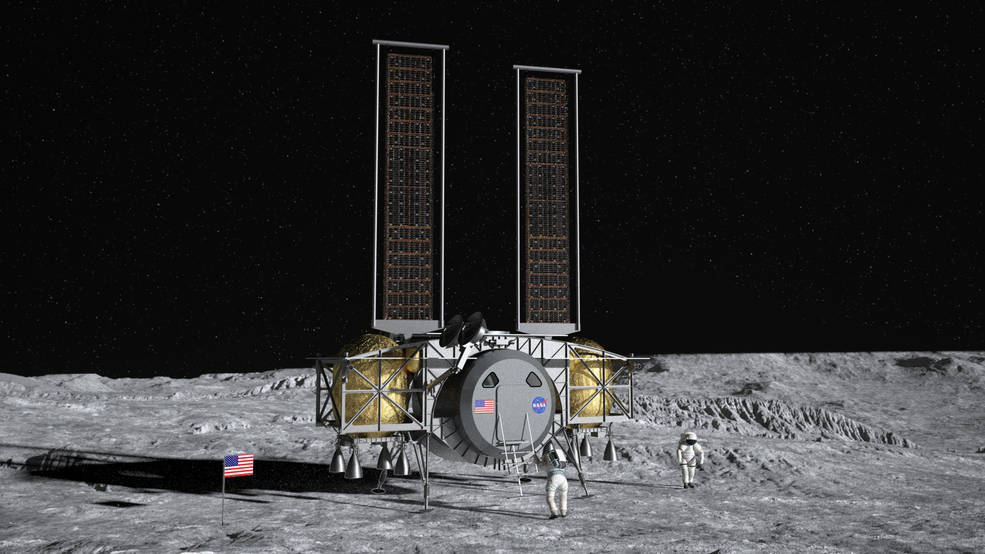Science and engineering are hard to do. If it wasn’t we would have a space bridge from here to the Moon by now. If you don’t have the real world practical experience doing either science or engineering you won’t understand this, or the effort and resources companies like Boeing, Lockheed, SpaceX, Orbital Sciences Corp, Scaled Composites, Virgin Galactic, and the Ad Astra Rocket Company have put into their innovations and products to get to where they are, today.
If we are to achieve interstellar travel, we have to be bold.
We have to explore what others have not.
We have to seek what others will not.
We have to change what others dare not.
The dictionary definition of a directive is, an instruction or order, tending to direct or directing, and indicating direction.
Dictionary of Military and Associated Terms, US Department of Defense 2005, provides three similar meanings,
1. A military communication in which policy is established or a specific action is ordered.
2. A plan issued with a view to putting it into effect when so directed, or in the event that a stated contingency arises.
3. Broadly speaking, any communication which initiates or governs action, conduct, or procedure.
In honor of the late Prof. Morris Kline who authored Mathematics: The Loss of Certainty, I have named what we need to do to ensure the success of our endeavors for interstellar space travel, as the Kline Directive.
His book could be summarized into a single statement, that mathematics has become so sophisticated and so very successful that it can now be used to prove anything and everything, and therefore, the loss of certainty that mathematics will provide reasonability in guidance and correctness in answers to our questions in the sciences.
To achieve interstellar travel, the Kline Directive instructs us to be bold, to explore what others have not, to seek what others will not, to change what others dare not.
To extend the boundaries of our knowledge, to advocate new methods, techniques and research, to sponsor change not status quo, on 5 fronts:
1. Legal Standing.
2. Safety Awareness.
3. Economic Viability.
4. Theoretical-Empirical Relationship.
5. Technological Feasibility.
I will explore each of these 5 fronts on how we can push the envelop to reach the stars sooner rather than later.
Next post in the Kline Directive series
—————————————————————————————————
Benjamin T Solomon is the author & principal investigator of the 12-year study into the theoretical & technological feasibility of gravitation modification, titled An Introduction to Gravity Modification, to achieve interstellar travel in our lifetimes. For more information visit iSETI LLC, Interstellar Space Exploration Technology Initiative.
Solomon is inviting all serious participants to his LinkedIn Group Interstellar Travel & Gravity Modification.
